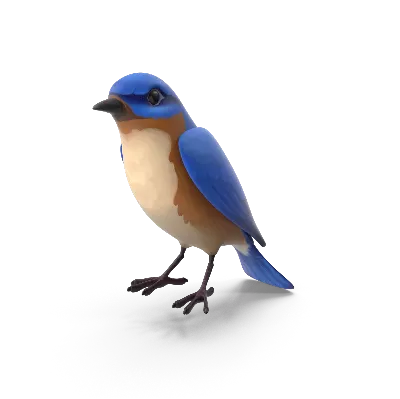Project
Kunaverso is an innovative convergence of Web 3.0 technologies and the tourism sector, bringing to life a three-dimensional environment that promotes sustainability ideals in this constantly evolving industry.
The Kunaverso project emerges as an innovative and forward-thinking response to changes in the tourism industry and the evolving needs of consumers in an increasingly digital world. Our analysis is based on key trends and developments at the intersection of technologies and consumer behavior.
We identified several key factors and trends that signal future challenges in the tourism industry:

According to Booking.com (2022), travelers increasingly seek personalized, interactive, and immersive experiences. This shift highlights a gap between traditional tourism offerings and current consumer demands.

The UNWTO’s report on Tourism and COVID-19 (2020) emphasizes how travel restrictions underscored the need for alternatives that transcend physical and temporal barriers. Technologies like virtual and augmented reality can offer impactful, low-risk alternatives.

Data from the UNWTO’s Tourism Recovery Tracker (2021) reinforce concerns over tourism’s environmental footprint. The report advocates for more sustainable travel solutions that reduce pressure on physical destinations and promote responsible practices.

That same report stresses the importance of inclusivity. Kunaverso aims to close that gap with virtual tourism experiences that are inclusive and enriching for people with mobility limitations or other constraints.

Kunaverso offers travelers a catalog of immersive and exciting tourism experiences, allowing them to explore destinations in innovative and realistic ways.

It provides users the opportunity to explore places and experiences from home, making it a viable alternative to traditional travel.

Virtual travel helps reduce environmental impact by lessening the need for physical transportation.

By connecting tourism providers with a global audience, Kunaverso promotes industry growth and opens new business opportunities.
























Kunaverso follows a hybrid business model designed to maximize benefits for users and stakeholders. Through diverse revenue streams, we create a sustainable ecosystem that drives constant innovation and platform evolution.






